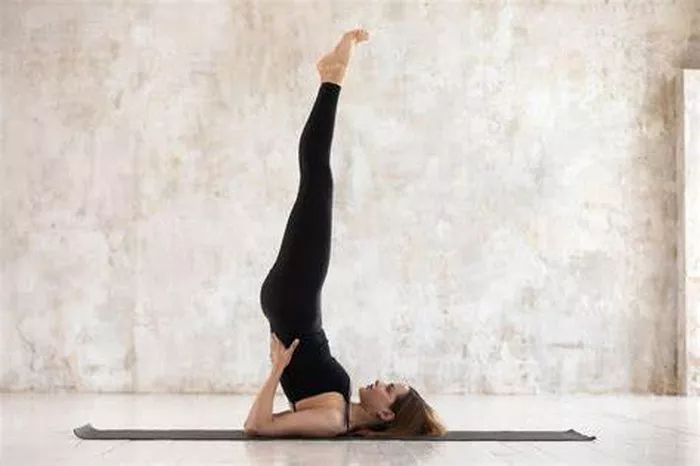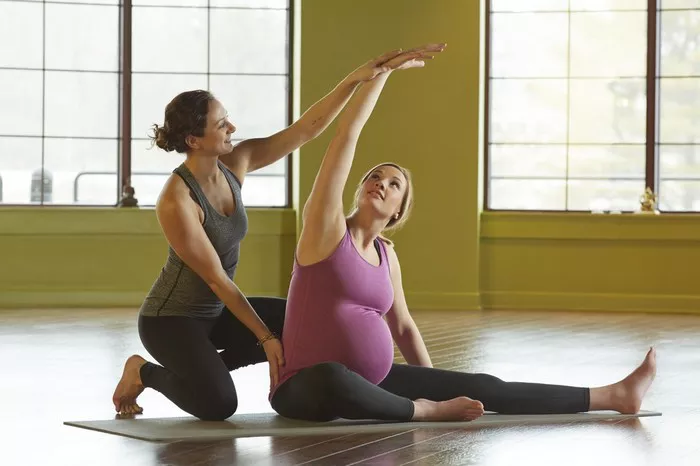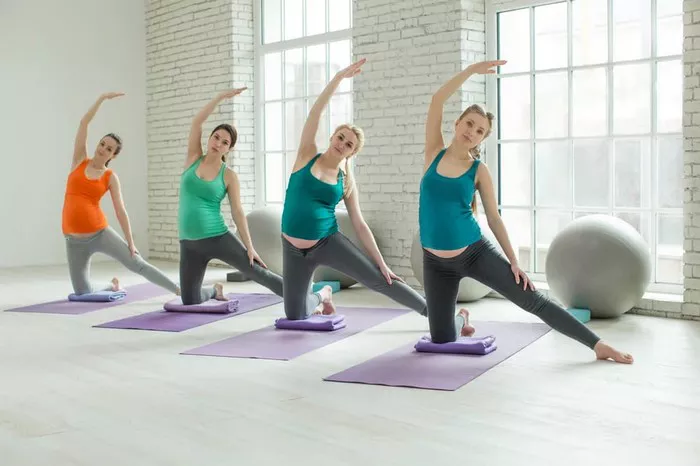Yoga is a deeply rewarding practice that offers a multitude of benefits for both the body and mind. Many people integrate yoga into their daily routine to improve flexibility, strength, mental clarity, and emotional well-being. However, a common question arises for those who are committed to their practice: Do you need rest days from yoga?
The answer to this question is nuanced and depends on a variety of factors including the style of yoga practiced, the intensity of the sessions, the individual’s physical condition, and the goals of the practitioner. In this article, we’ll explore whether rest days from yoga are necessary, how to determine when you need them, and how to structure your yoga practice for optimal health and progress.
Understanding Yoga Practice and Rest Days
Before we dive into the importance of rest days, it’s essential to recognize what yoga is and what it demands of your body. Yoga is a physical, mental, and spiritual discipline that combines postures (asanas), breath control (pranayama), and meditation. The physical aspect of yoga works to stretch, strengthen, and relax the muscles, improve balance, and promote better posture.
A typical yoga class can vary greatly depending on the style: some forms (like Ashtanga, Vinyasa, or Power Yoga) are intense and involve dynamic sequences of poses, while others (like Hatha, Yin, or Restorative Yoga) are slower-paced and focus more on gentle stretching and deep relaxation. Given the variety of styles, it’s important to understand how intensity, frequency, and duration impact your need for rest.
The Role of Rest in Physical Activity
Rest days are an essential component of any fitness routine, including yoga. Whether you’re a runner, weight lifter, or practicing yoga, rest is vital for the body to recover, rebuild, and become stronger. During periods of intense exercise, tiny tears occur in muscle fibers. These tears are then repaired during rest, which leads to muscle growth and improved performance. Without proper rest, muscles may not fully recover, leading to fatigue, overuse injuries, and a plateau in progress.
When it comes to yoga, the body requires time to recover from the physical demands of deep stretches, strength-building poses, and balancing exercises. While yoga offers a gentler approach to physical fitness compared to more high-impact activities, it can still strain muscles, joints, and connective tissue, especially if practiced intensively or with poor alignment.
Factors to Consider When Determining the Need for Rest Days
Now that we understand the importance of rest, let’s examine some factors that determine how frequently rest days are needed in a yoga practice:
1. The Intensity of Your Practice
Not all yoga practices are the same, and the intensity of the style you practice will impact the frequency with which you should rest.
- High-Intensity Yoga: If you are practicing a style like Ashtanga, Vinyasa, or Power Yoga, which involves dynamic movements, long sequences, and physically demanding poses, your body will require more recovery time. These practices engage muscles intensely and can lead to muscle fatigue and soreness if done too frequently without rest.
- Gentle or Restorative Yoga: On the other hand, if your practice is focused on gentler forms of yoga, such as Yin or Restorative Yoga, where postures are held for extended periods and the focus is on relaxation and stretching, you may not need rest days as frequently. These styles provide a deeper release in the body but are less physically taxing.
2. Your Physical Condition and Experience Level
Beginners will often require more rest compared to more experienced practitioners. If you’re new to yoga, your muscles and joints may not yet be conditioned to the demands of the practice. In the early stages, it’s essential to allow the body time to adapt, recover, and build strength. A more experienced practitioner who has built flexibility, strength, and stamina may be able to practice yoga more frequently without overtaxing the body.
3. Frequency and Duration of Yoga Sessions
How often you practice yoga also plays a role in determining when to take rest days. If you’re doing yoga daily, you may need more rest days compared to someone who practices three or four times a week. Likewise, long yoga sessions (over 90 minutes) may require more recovery time than shorter, 30-45 minute sessions.
- Daily Practice: For those who practice yoga daily, it’s crucial to vary the intensity and type of yoga. Incorporating both high-intensity sessions and gentler practices throughout the week will allow for adequate recovery while still maintaining a consistent routine.
- Several Times a Week: Practicing yoga several times a week with rest days in between can be a great approach for those aiming for consistent progress without overloading the body.
4. Your Goals
Your individual goals will also dictate how much rest you need. If your goal is to increase strength or flexibility, pushing the body harder each day might seem like the most efficient way to achieve these results. However, without proper rest, you may find yourself plateauing or even experiencing setbacks due to overtraining. Incorporating rest days can actually help you progress faster by allowing muscles to recover and grow stronger.
On the other hand, if your goal is stress relief or mindfulness, yoga can be practiced more frequently, but again, it’s important to avoid exhaustion. A practice focused on breathing and meditation may not require as much rest, but balancing physical postures with mindful recovery is key.
5. Signs Your Body Needs Rest
One of the best ways to determine if you need a rest day is to listen to your body. Some signs that you may need rest include:
- Fatigue: If you feel constantly tired during your practice or throughout the day, it could be a sign that your body needs time to recover.
- Muscle Soreness: While some muscle soreness is normal after a challenging yoga session, persistent soreness that lasts for days may indicate that you’re not allowing enough recovery time.
- Tight or Stiff Muscles: If your muscles are consistently tight, despite stretching regularly, it may be a sign of overuse or inadequate recovery.
- Lack of Motivation: A lack of enthusiasm or motivation to practice yoga could suggest that your body and mind need a break.
- Increased Injuries: If you’re noticing recurring injuries or discomfort that doesn’t seem to go away, it’s time to slow down and allow your body to heal.
6. Restorative Yoga and Active Recovery
On your rest days, consider practicing gentle forms of yoga that allow for active recovery. Restorative Yoga, Yin Yoga, or even a simple session of stretching and meditation can help soothe the body without taxing it. These practices help release tension and promote relaxation while still maintaining some level of movement. It’s important to note that “rest” doesn’t necessarily mean complete inactivity, but rather providing the body with the right kind of gentle, healing movement.
The Importance of Mental Rest
Physical rest is important, but mental rest is equally crucial. Yoga not only affects the body but also helps calm the mind. Taking time off from the mental focus of yoga can help reduce mental fatigue and stress. This mental clarity is particularly valuable for practitioners who use yoga as a means of stress relief, meditation, or spiritual growth.
Incorporating mental rest into your practice can be as simple as engaging in deep breathing exercises, mindfulness meditation, or just taking a break from the structured practice of asanas. This helps rejuvenate your mind and enhance the mental benefits of yoga.
Structuring Your Yoga Practice for Balance
So, how can you structure your yoga practice to avoid overtraining while still progressing? Here are a few tips for creating a balanced yoga schedule:
- Mix Intense and Gentle Practices: Include both high-intensity styles (like Vinyasa or Ashtanga) and gentler forms (like Restorative or Yin) throughout the week. This will allow your body to recover while maintaining regular movement.
- Include Recovery Days: Ensure that you incorporate at least one or two full rest days each week. You could also include days where you practice a gentle form of yoga as a recovery day.
- Listen to Your Body: Pay attention to how your body feels. If you’re experiencing any signs of overuse or fatigue, give yourself permission to take a break and allow your body to recover.
- Avoid Overloading: Avoid the temptation to practice yoga excessively in an attempt to achieve results faster. Remember, progress in yoga is often slow and steady. Rest is as essential as practice in achieving long-term improvement.
Conclusion
Rest days are not only necessary but vital for maintaining a sustainable and effective yoga practice. The need for rest depends on a variety of factors such as the intensity of your practice, your physical condition, and your goals. By listening to your body, varying the types of yoga you practice, and allowing yourself adequate recovery time, you can enjoy the full benefits of yoga while minimizing the risk of injury and burnout.
Yoga is not just about pushing yourself to the limit every day; it’s about finding balance, both on and off the mat. So, don’t hesitate to take a rest day when you need it. After all, true progress in yoga comes from honoring your body’s need for rest and recovery as much as from the practice itself.
Related Topics:













